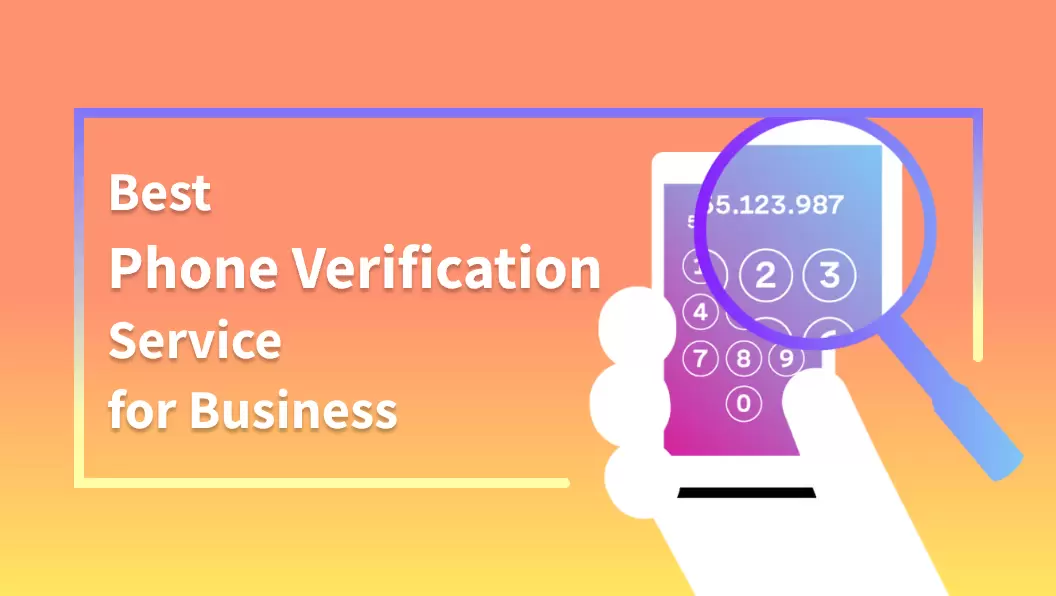Every business needs a solid communication strategy to ensure its smooth operation. Whether you’re sending appointment reminders, customer support messages, or multi-channel campaigns, you need a platform that can handle that quickly and reliably. That’s where CPaaS enters the picture, a technology that will elevate your business communications. In this piece, you are going to learn all about the CPaaS technology and how to get started with it.
What is CPaaS?
CPaaS Meaning & Core Concept
First of all, we need to unravel what CPaaS stands for to fully explain what it is. CPaaS stands for Communications Platform as a Service. In essence, it is a cloud-based platform that allows developers to embed real-time communication features into applications without needing to build backend infrastructure or interfaces from scratch. For instance, a CPaaS technology includes voice, video, messaging, and chat capabilities.
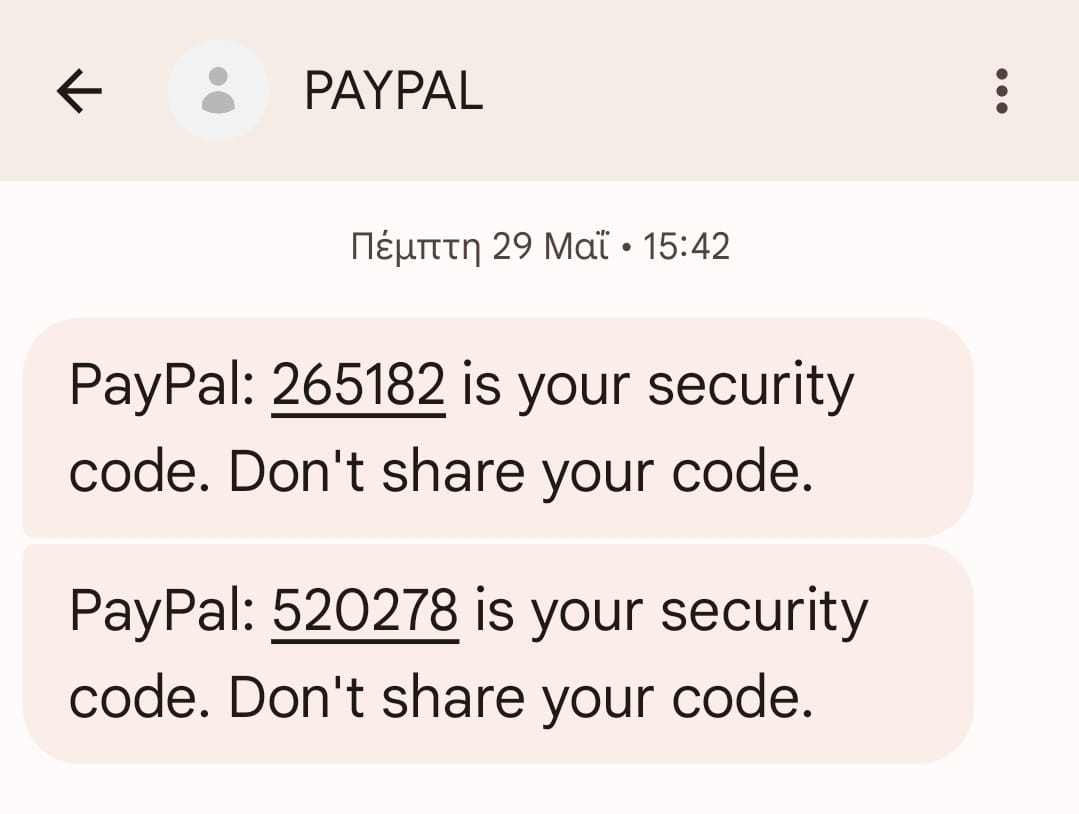
To make things even clearer, you can think of CPaaS as a flexible toolkit. Rather than creating an entire communication infrastructure from scratch, you can use one such platform’s APIs and SDKs to integrate communication capabilities into your business. This approach has revolutionized the way you interact with your clients, as this technology offers you a scalable, cost-effective, and customizable communication experience.
One more thing worth noting in the CPaaS definition is that it operates over the internet, unlike the traditional communication channels. This means that you are now able to deal with the fast-paced online and global market.
CPaaS Use Cases
Now that you have the CPaaS definition, you have a pretty good idea of what this specific technology does. Here, we are going to go through the CPaaS use cases so that you can fully understand how to utilize this platform to its full potential.
In more detail, the key CPaaS use cases are the following:
- Customer Support: This platform allows you to integrate real-time chat, SMS, or video calls to offer seamless assistance to your clients without redirecting them to other channels.
- Two-Factor Authentication (2FA): One of the most common CPaaS examples is to use the platform to deliver verification codes via SMS or voice calls.
- Appointment Reminders: another use is to automate voice or SMS reminders for many different industries, such as healthcare, beauty, and legal appointments.
- Marketing Campaigns: In this platform, you can launch multi-channel campaigns through SMS, push notifications, and email. And the best thing is that you can manage all channels from one place.
- In-App Communication: another of the most significant CPaaS examples is that you can use it to embed live chat, messaging, or video features within your mobile or web application.
- Order Notifications: If you own an e-commerce business, you can utilize CPaaSto send transactional updates via SMS, WhatsApp, or push notifications. These include order confirmations, shipping alerts, and delivery status.
- Remote Workforce Coordination: With the rise of remote and hybrid work, it is crucial to enable real-time voice and messaging among your team members through this platform.
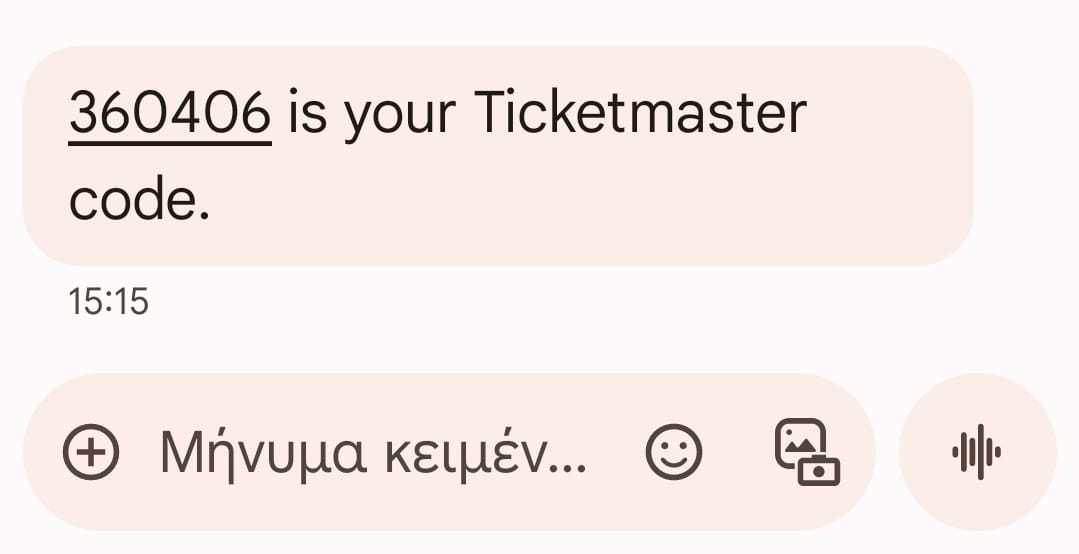
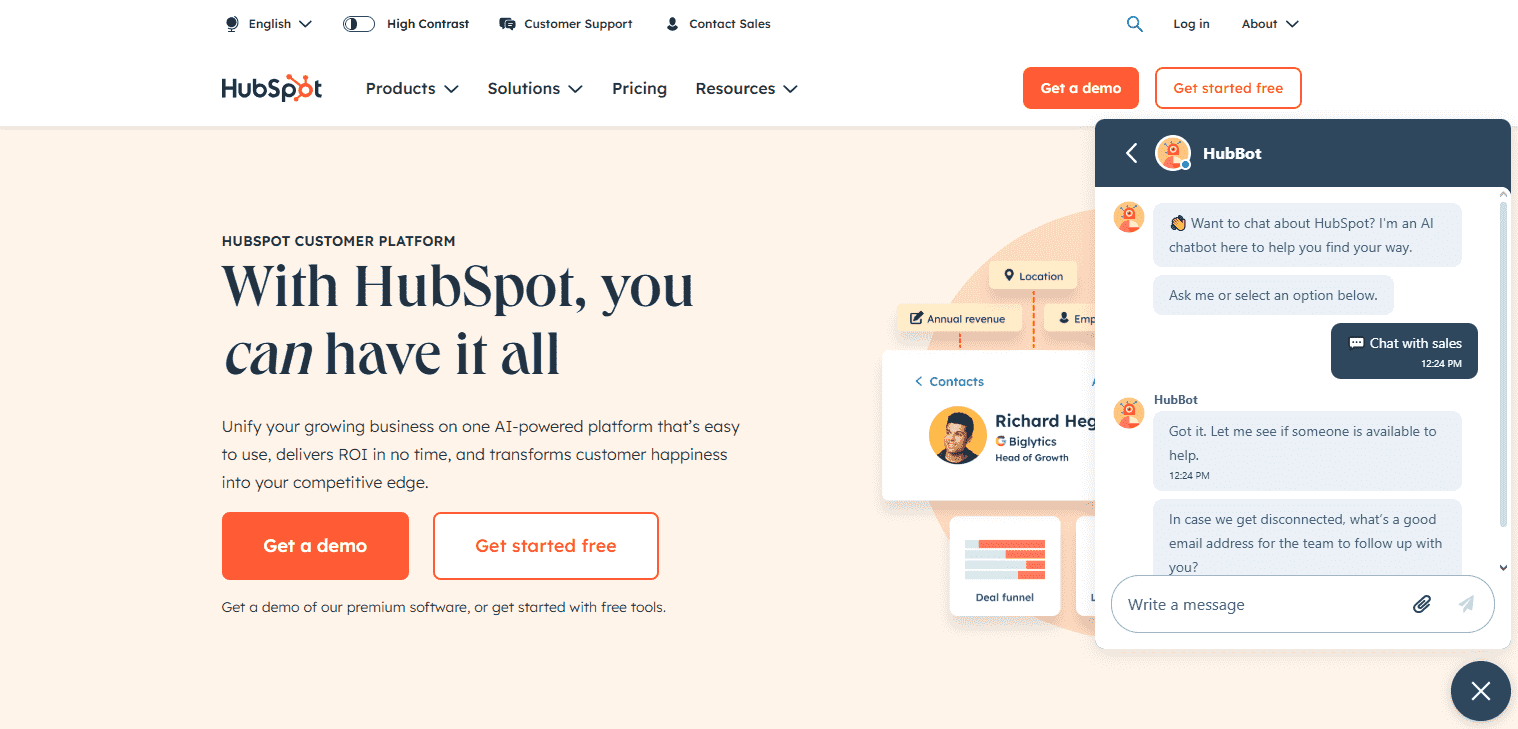
From these CPaaS use cases, it is easy to figure out that this technology covers a large range of your communication needs.
CPaaS vs. CCaaS vs. UCaaS
When it comes to cloud communications, many businesses struggle to select which one is for them. Therefore, you might refer to CPaaS vs. UCaaS or a CPaaS vs. CCaaS comparison. In brief, the main distinction between these tools is:
- CPaaS is more suitable for developers and product teams who try to build their communication features
- UCaaS is best for employee collaboration and communication
- CCaaS is ideal for managing customer support
You can find a more detailed comparison of the three in this CPaaS vs. CCaaS vs. UCaaS table:
| Platform | Stands For | Primary Use | Flexibility | Example |
|---|---|---|---|---|
| CPaaS | Communications Platform as a Service | Embed communication into apps using APIs and SDKs | Highly customizable | Twilio, MessageBird |
| UCaaS | Unified Communications as a Service | Internal collaboration (voice, video, chat) | Pre-defined | Zoom, RingCentral |
| CCaaS | Contact Center as a Service | Customer support operations | Configurable, but not customizable | Five9, Genesys Cloud |
Core CPaaS Technologies & Top CPaaS Solutions
Key CPaaS Technologies
CPaaS platforms are so versatile that they can satisfy your business communication needs from e-commerce notifications to emergency notices. This happens because they will typically include a range of core communication technologies. When you are in the hunt for the right platform for you, ensure that it offers the CPaaS technology you need.
The technologies often found in modern CPaaS tools are the following:
- SMS & MMS API: Send text messages across global carriers. These platforms will have delivery tracking and compliance tools.
- Voice API: Initiate, receive, and manage voice calls from all around the world. This CPaaS technology includes call queues, IVR menus, call recording, and analytics.
- Video API: Embed video conferencing or live streaming into your app to facilitate face-to-face interactions.
- Chat API: Enable in-app instant messaging to make communications fast and convenient. This technology comes with features like message history, emojis, and multimedia sharing.
- Push Notification Services: Deliver timely alerts directly to user devices to keep them engaged with your brand.
- Authentication API: Implement OTPs and 2FA for secure user identification during logins or transactions.
- Programmable Workflows: Depending on the tool, you can find drag-and-drop or code-based workflow capabilities to automate your processes.
- Analytics & Reporting: Every reliable CPaaS will provide you with real-time delivery reports, open rates, and engagement metrics.
Top 3 Global CPaaS Solutions
If you are on the market for a CPaaS, then you have probably seen numerous platforms. The three most widely recognized solutions are the following:
Twilio
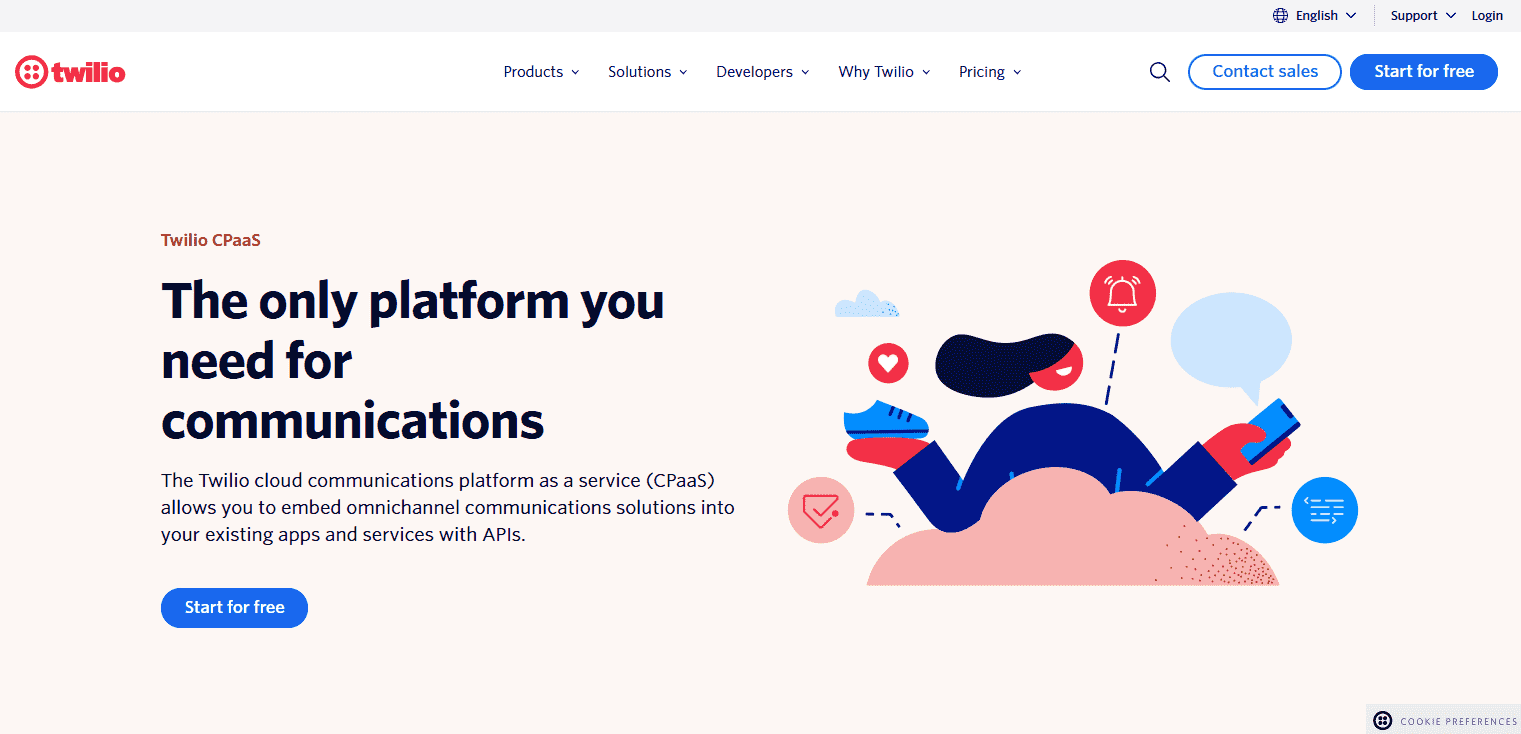
The market leader in CPaaS is probably Twilio. This platform offers a vast range of APIs for messaging, voice, email, and video, making it very versatile for businesses across different industries.
Strengths: Global reach, strong developer ecosystem, robust documentation.
Use Cases: Marketing automation, 2FA, customer support, appointment reminders.
Vonage Communications APIs
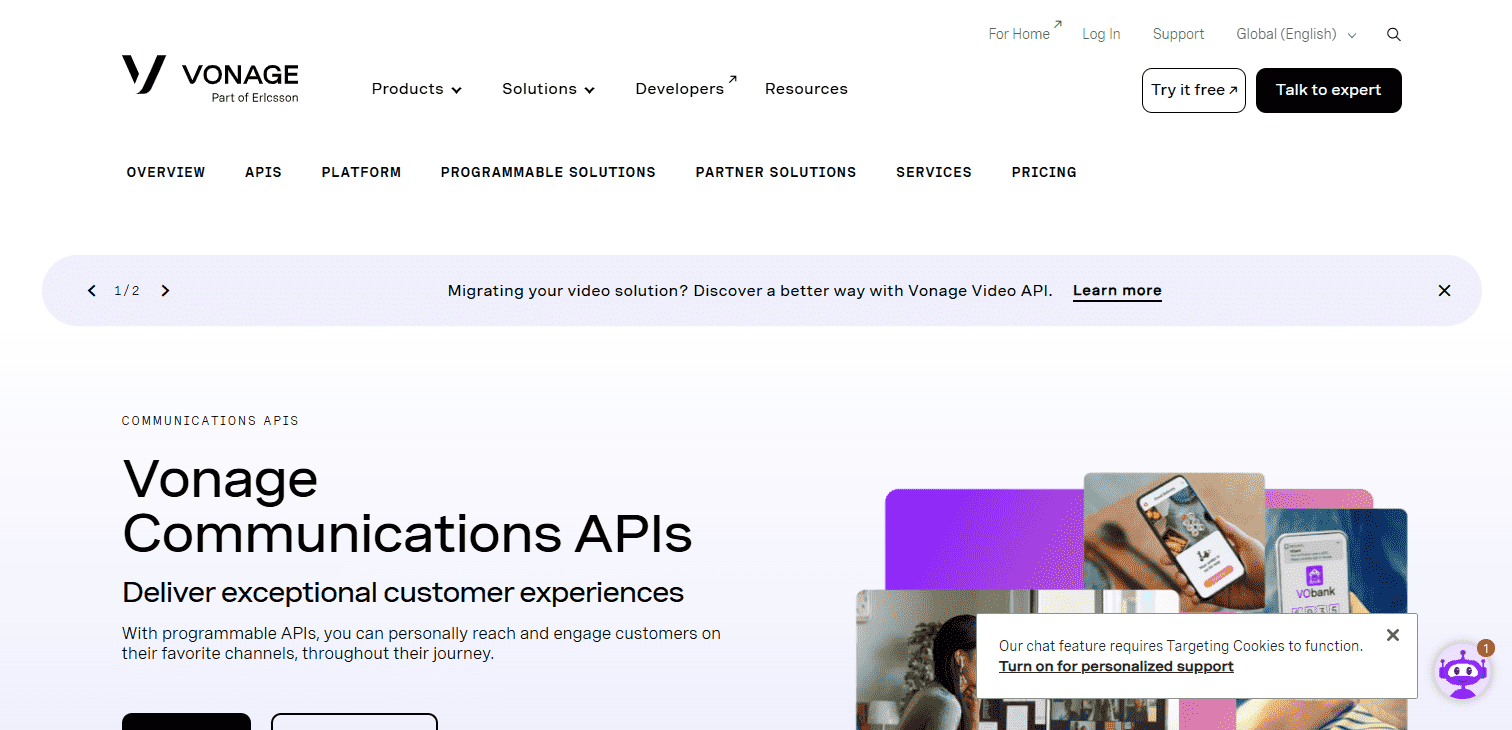
Vonage, previously known as Nexmo, is part of Ericsson. This communications solution provides programmable APIs for voice, video, messaging, and verification that promise to boost your brand.
Strengths: High-quality video APIs, instant messaging, and global regulatory support.
Use Cases: Telehealth, eLearning, financial services, workforce collaboration.
CPaaS Sangoma
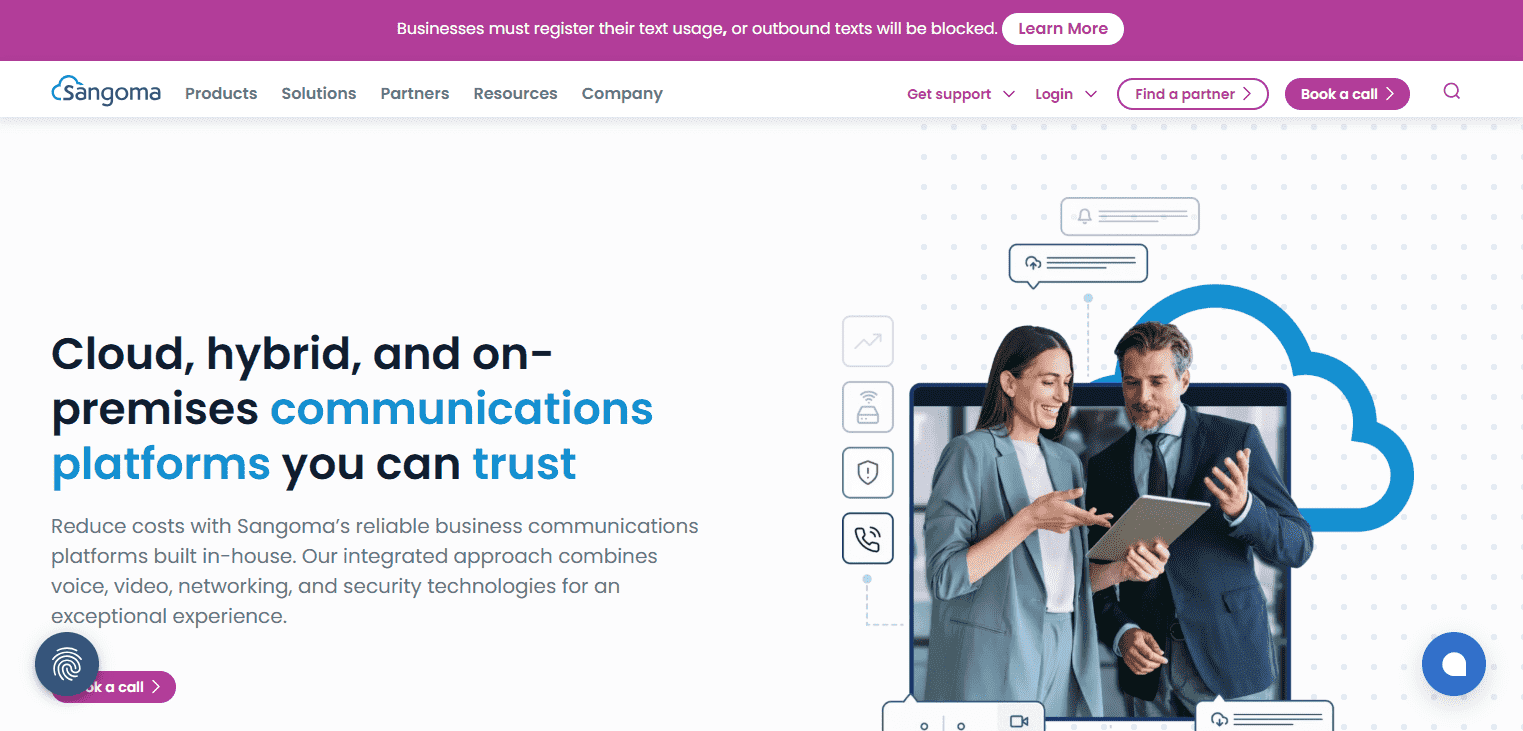
A reliable and cost-effective solution is CPaaS Sangoma. This platform is focused on small and medium-sized businesses, making it an excellent solution even when you don’t have the resources.
Strengths: SIP trunking and faxing, programmable voice, innovative Sangoma GenAI technology.
Use Cases: Call routing, voice applications, IVR systems, call centers.
How to Choose a CPaaS Solution for Your Company?
Being aware of the CPaaS meaning, you can now make an informed decision. In this section, we have compiled a checklist of things you will need to check to ensure that you get the right solution for your business.
Identify Key Communication Channels
Probably the most critical element is to understand the CPaaS technology you require. Do you need SMS, voice, push notifications, or chat? Not all platforms offer support for every channel, so you should determine your primary use cases first.
Evaluate API Ease of Use
Choose a provider with clean, well-documented APIs, SDKs, and sample code for fast integration. At the same time, you should also find a tool with an intuitive interface and easy drag-and-drop editors so that all your team members can work on it with ease.
Consider Scalability & Uptime
Another useful thing to check about your CPaaS provider is if they can handle a large number of concurrent messages, if they have a high delivery rate, and their uptime. If you are planning on sending a huge volume of messages, then latency and delivery speed will make a difference.
Examine Global Reach & Compliance
Nowadays, many businesses have a global clientele. If you are operating internationally, make sure the provider supports global carrier networks and adheres to local regulations like GDPR and HIPAA, among others.
Analyze Pricing Models
Each platform uses a different pricing model, and you should select the one that is the best for your budget allocation. Transparent, pay-as-you-go pricing is best for startups and SMEs. On the other hand, enterprise deals may offer volume discounts, even though they might include some hidden charges.
Customer Support
Another thing you need to ensure on whichever platform you are getting is that you will have all the help you might need. For this reason, check whether your provider offers 24/7 customer support or live support.
Why EngageLab: The Smarter Solution for B2B
While EngageLab is not a full-featured CPaaS, it serves as a lightweight CPaaS solution, especially for businesses that focus on in-app communication, push notifications, and messaging. It’s ideal for teams that want powerful messaging without the complexity of traditional CPaaS technology. If you still require advanced voice or video capabilities, EngageLab can also be easily combined with other CPaaS providers.

Key Capabilities
EngageLab is the solution that will cover all of your needs if you are focused on providing timely app notifications and chat capabilities. It offers a robust suite of tools built for high-frequency communication and deep user engagement, making it the perfect tool for these cases.
 In more detail, EngageLab is great for
In more detail, EngageLab is great for
- High-Concurrency Messaging: It is designed to send a high volume of push notifications or messages with near-instant delivery across platforms like Android, iOS, and the web.
- SMS API: With EngageLab, you can send transactional messages or alerts globally with high deliverability. The platform integrates with multiple carriers across more than 200 regions and ensures compliance with international and regional laws.
- User Analytics: Gain access to real-time tracking as soon as you send your communications. With detailed metrics, you can evaluate the results of your campaigns and make any appropriate changes.
- Automation and Campaign Orchestration: EngageLab allows you to build visual workflows that combine triggers, delays, and multi-channel actions.
EngageLab vs. Traditional CPaaS
As you can see, EngageLab offers all the features you might need for your in-app push notifications and chat strategies. But how does it compare with a traditional CPaaS platform? Here is how they compare:
- Core Functions: EngageLab focuses on push notifications, SMS, email, and behavior-triggered automation. Traditional CPaaS covers the full spectrum with voice, video, messaging, and email capabilities.
- Integration Difficulty: EngageLab offers you pre-built SDKs and visual workflows for faster, low-code integration. In contrast, traditional CPaaSoften requires developer-heavy setups.
- Cost: EngageLab has clear, affordable pricing, which you can estimate in advance based on the volume of communications you will need. Traditional communication platforms can be expensive, with pay-per-use billing and extra charges.
- Application Scenarios: EngageLab shines in app-centric use cases, such as mobile alerts, in-app messaging, and transactional SMS. Traditional providers are best for complex telecom workflows like IVRs, global contact centers, or voice bots.
We have compiled all of this information in the table below, so that you can refer to it any time:
| Feature | EngageLab | Traditional CPaaS |
|---|---|---|
| Core Functions | Push Messaging, Email, SMS, Analytics | SMS, Voice, Video, Chat, Email |
| Integration Difficulty | Low-code / SDK-first approach | Developer-intensive APIs |
| Cost | Affordable & transparent dynamic pricing | Pay-per-use, can be costly at scale, can have additional fees |
| Application Scenarios | In-app messaging, e-commerce alerts, mobile app engagement | Omnichannel contact centers, IVRs, global campaigns |
Why B2B Prefers EngageLab?
Even though EngageLab departs from the strict CPaaS definition, it stands out for modern B2B teams. Here’s why:
- Right-Sized Functionality: You might only need to use a specific feature, and not a full suite of APIs. In EngageLab, you only pay for the features you need, thus avoiding paying for packages that go unused.
- Cost-Effective: In EngageLab, you enjoy predictable pricing with no surprise fees, ideal for startups and growing companies. You can even get an estimate of the budget you will need right now by visiting EngageLab’s pricing page.
- Localized Compliance: EngageLab makes sure that your communications will be compliant with the laws of the region you are targeting. It is compliant with GDPR and DPA, among other local security laws.
- Scalable Infrastructure: This platform has been built to support both startup volumes and enterprise-scale concurrency. Therefore, it can grow along with your business.
Wrapping Up
What does CPaaS stand for? It stands for flexibility, agility, and modern communication. Modern businesses can now use CPaaS to craft seamless, multi-channel experiences. However, EngageLab offers a smarter, more efficient path, especially for B2B companies and startups. It is particularly ideal for brands and teams who value cost-effective, low-code, and high-concurrency communication. Start with EngageLab today and deliver the right message to the right user at the right time.






